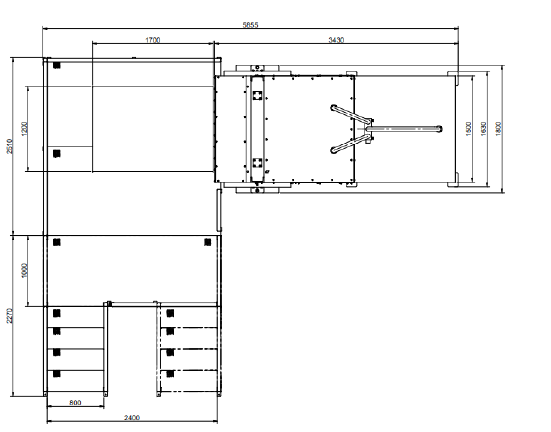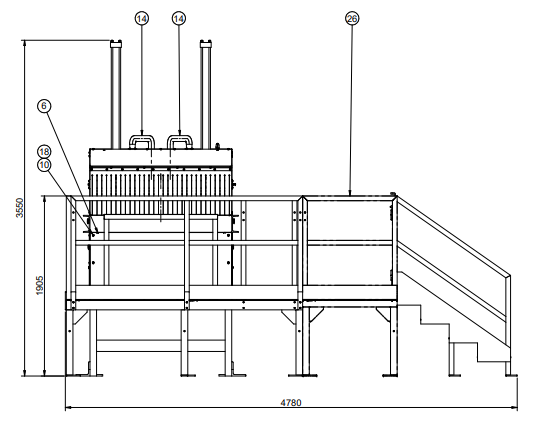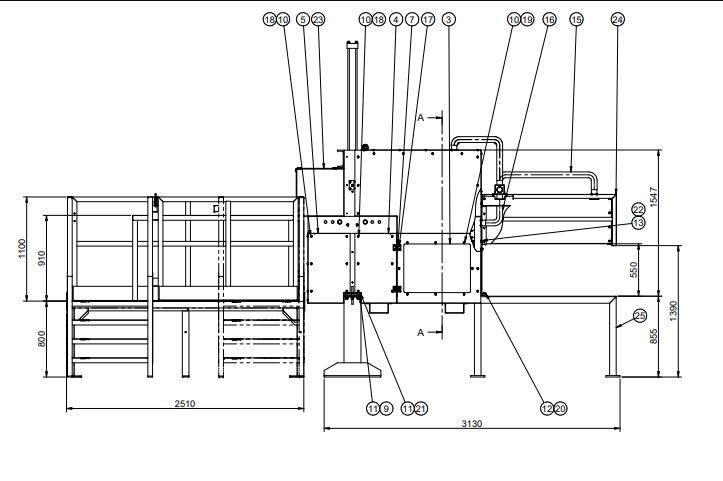Metaal scheidingslijn en metaal verwerkingslijnen van Stokkermill Recycling Machinery zijn uiterst veelzijdige en flexibele systemen die in verschillende gebieden kunnen worden gebruikt om verschillende soorten metalen te scheiden van kunststoffen en inerte materialen. Metaalraffinage-installaties kunnen Ferro metalen scheiden met behulp van magnetische scheiders van verschillende soorten en coërciviteit. Scheiders met superieure coërciviteit kunnen roestvrijstalen fracties scheiden en zorgen voor scheiding van paramagnetische metalen in het algemeen. Wervelstroom scheiders of wervelstroomscheiders maken het mogelijk om andere metalen uit de inerte fractie te scheiden. Verschillende densimetrische tabellen, die meestal aan het einde van de metaalraffinage-installatie zijn geplaatst, maken het mogelijk om zware metaalfracties te scheiden van lichte metaalfracties. Tot slot maken de optische scheiders het mogelijk om de fracties van verschillende kleur en/of vorm te scheiden. Dit zijn state-of-the-art technologieën die in staat zijn om nauwkeurige en nauwkeurige scheidingen uit te voeren.
Bovenstrooms zijn de metaalscheidings installaties uitgerust met een systeem voor het breken van de te scheiden materialen. De volumetrische reductie kan worden uitgevoerd met behulp van verschillende technologieën:
Meer recyclingfabrieken ontworpen en geproduceerd door Stokkermill Recycling Machinery:
- Elektrische en elektronische apparatuur en raffinaderijlijnen (AEEA)
- Verwerkingsinstallaties/lijnen voor autowrakken
- Behandelingslijnen voor harde schijven
- Tonerrecyclinginstallaties en -lijnen
- Planten en lijnen voor het recyclen van zonnepanelen
- Kabelrecyclinginstallaties en -lijnen
- Verwerkingsinstallaties en lijnen voor elektronische PCB-kaarten
- Recyclinginstallaties en -lijnen voor koffiecapsules
- Breekinstallaties en sorteerlijnen















